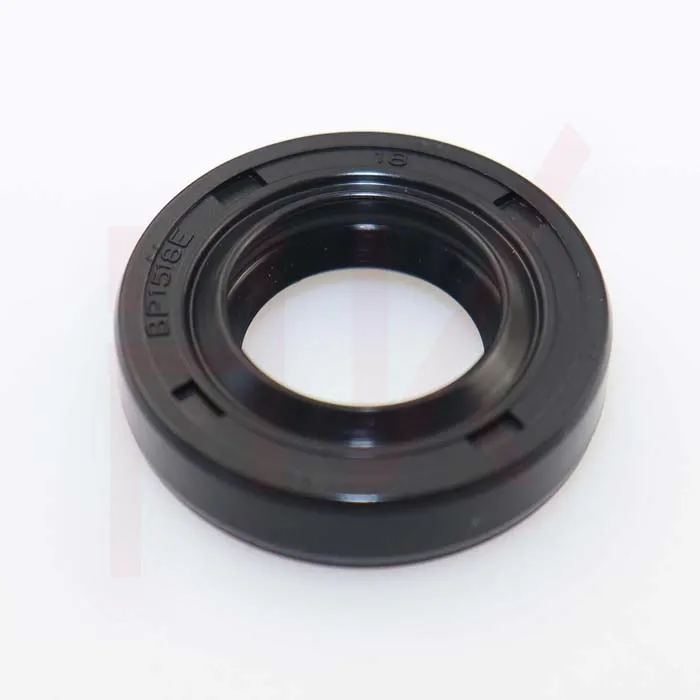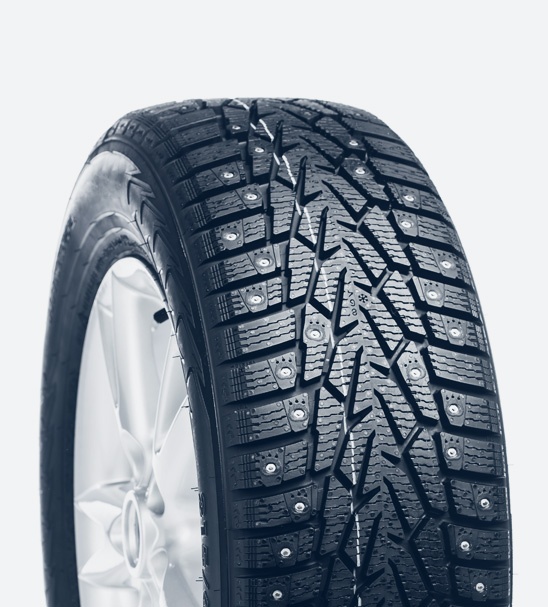Jan . 14, 2025 12:02 Back to list
Standard High Pressure TCV Type Hydraulic Oil Seal


Seal installation and maintenance also play a vital role in the life span of hydraulic motor oil seals. Improper installation can lead to premature failure. Using the correct tools and techniques ensures that the seal remains undamaged and properly positioned. Regular inspections for cracks, wear, and compliance with the correct replacement schedule can prevent unexpected downtimes. A holistic approach to selecting and maintaining hydraulic motor oil seals involves collaboration with industry experts. Consulting with engineers or technicians with extensive experience in hydraulic systems provides insights into best practices and novel solutions tailored to specific applications. Furthermore, relying on reputable brands known for their quality and innovation, such as SKF or Parker Hannifin, assures better performance and reliability. Trustworthiness in this domain comes from transparency in materials used, performance in rigorous testing environments, and certifications like ISO standards. Products backed by strong warranties and after-service support enhance user confidence. In summary, choosing the right hydraulic motor oil seal requires a well-rounded understanding of materials, pressure and temperature considerations, exclusionary capabilities, and maintenance practices. Trusted brands and expert consultations further guide the selection process, ensuring your machinery operates smoothly and efficiently for years to come.
-
TCN Oil Seal Metal Ring Reinforcement for Heavy Machinery
NewsJul.25,2025
-
Rotary Lip Seal Spring-Loaded Design for High-Speed Applications
NewsJul.25,2025
-
Hydraulic Cylinder Seals Polyurethane Material for High-Impact Jobs
NewsJul.25,2025
-
High Pressure Oil Seal Polyurethane Coating Wear Resistance
NewsJul.25,2025
-
Dust Proof Seal Double Lip Design for Construction Equipment
NewsJul.25,2025
-
Hub Seal Polyurethane Wear Resistance in Agricultural Vehicles
NewsJul.25,2025
-
The Trans-formative Journey of Wheel Hub Oil Seals
NewsJun.06,2025
Products categories
















